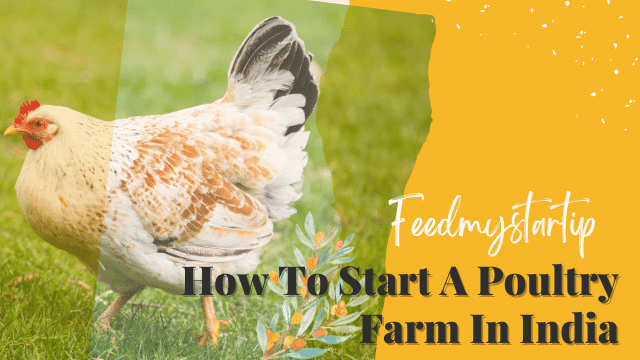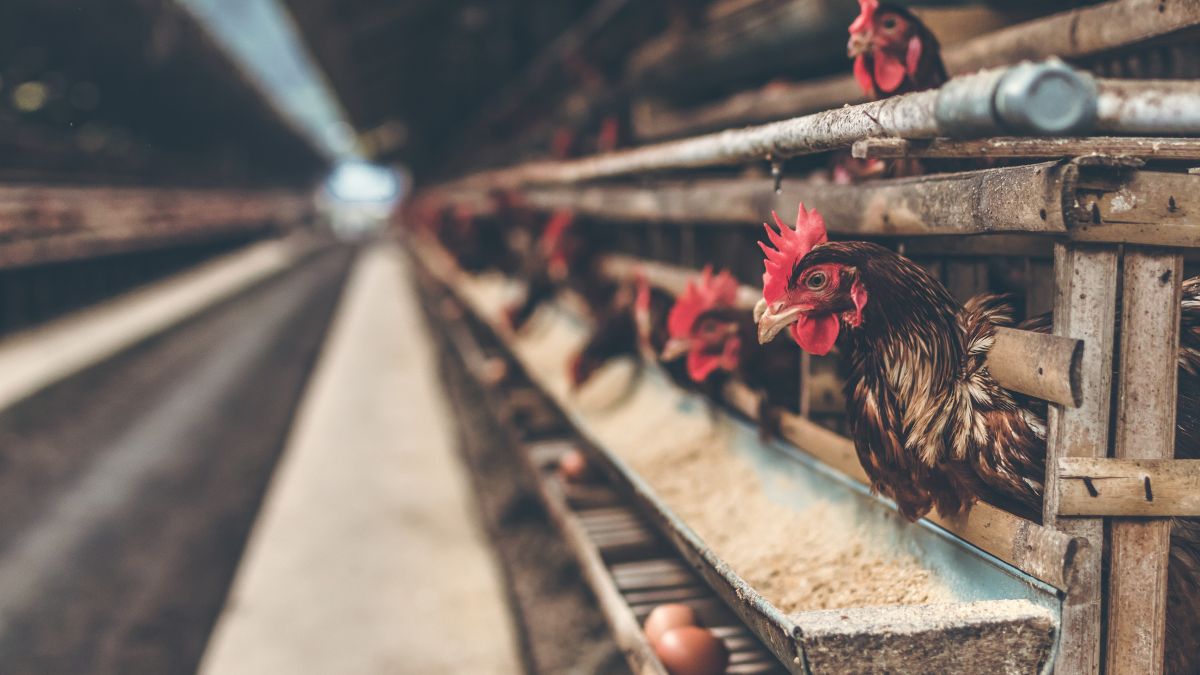Are you considering starting a poultry farm? If so, then you’ve come to the right place. Starting a poultry farm in India can be a profitable and sustainable business venture. The demand for poultry products such as eggs and meat continues to rise as the country’s population grows. However, starting a poultry farm requires careful planning and execution to ensure success. In this article, we will provide an overview of the steps involved in starting a poultry farm in India, including choosing the right location, obtaining necessary licenses and permits, developing a business plan, and more. We will also provide tips and best practices for running a successful poultry farm in India. With the right approach, starting a poultry farm in India can be a rewarding and profitable venture.
We’re going to break down the basics of starting and running a successful poultry farm. From selecting breeds to creating a business plan, we cover everything you need to know about getting started in this field. Read on for more!
Step 1: Obtaining a License
The first step to starting a successful poultry farm is obtaining a license from the Department of Animal Husbandry. This involves less paperwork, is easy to start, and has no corporate business taxes. You must also obtain the applicable licenses and permits, such as a No Objection Certificate (NOC) from the local village Panchayat. India is one of the largest poultry markets in the world, so it is important to understand all of the regulations and licensing requirements in order to ensure your business remains compliant.
Step 2: Choosing Your Birds
After obtaining the necessary license, the next step in starting a poultry farm is to choose the right birds for your business. This can be done by deciding which sector you’d like to focus on, either Broiler or Layers. Broiler chickens are typically used for meat production, while Layers are used for egg production. Poultry farmers will then pick two or three birds to focus on, and may include chickens, ducks, turkeys and quails. After selecting the type of birds you’d like to raise, it’s important to factor in the size of your poultry house and the number of birds you’ll be rearing in order to estimate your initial investment.
Step 3: Make Your Farm Logo
Once you’ve obtained a license, chosen your birds and decided on the bird variety, it’s time to create a logo for your farm. This logo will be everywhere on your farm and will be used for marketing purposes. To make a memorable and unique logo, choose from thousands of templates and customize with millions of icons, fonts, and colors. You can create a logo with the title ‘Farm Logo, with Ostrich & Chicken’ or come up with something completely different that represents your farm. Get inspired and start planning the perfect poultry logo today!
Step 4: Creating a Business Plan
Having obtained the necessary license and chosen your birds, the next step in starting a poultry farm is to create a business plan. Writing a business plan helps you identify your goals, create strategies to achieve them, and evaluate your progress. The plan should include a broader overview of the poultry farm industry, the type of poultry farm you are operating, and the direct competitors in your area. Estimate the initial investment required for startup costs such as buying land, building housing for birds, purchasing equipment and feed, and hiring staff. Factor in these costs along with other miscellaneous expenses to get an accurate estimate of your total investment.
Step 5: Finding a Suitable Place
Once you have obtained the necessary permits and licenses, the next step to take in starting a poultry farm is to find a suitable place. It is important to determine the area/land required for the farm and the layout of the farm. A poultry house should be located in an elevated area with proper ventilation and it should not be in an area with any water-logging. Additionally, it is important to obtain a no objection certificate from the local government in order to ensure that there are no legal issues. Lastly, it is critical to ensure that there is a 5-6 km distance between the farm and any residential areas.
Step 6: List of Required Equipment
After deciding on the bird variety to be reared in the poultry farm, the next step is to procure the required equipment. This includes acquiring housing, feeders and drinkers, lights, heating systems, ventilation systems, and various tools for cleaning and maintenance. It is important to invest in quality equipment that will last for a long time. Purchasing these items from reliable suppliers will ensure that you get quality products at affordable prices. Additionally, pollution liability coverage must be taken into account to protect your business from any environmental damages caused by the farming activities.
Step 7: Deciding on Bird Variety
Once you have decided on a location for your poultry farm, the next step is to decide on the bird variety. Poultry farm business owners rear many types of birds, but it is advisable to select from a limited variety of broilers and layers when starting a small poultry farm. This will help you focus on the birds that are more suitable for your farm. You can also consider keeping single birds as pets or show birds. Make sure to provide adequate perching space for each bird, with 15-20 cm per bird as a minimum requirement. Also, make sure to obtain basic training before starting a poultry farm to ensure you understand all the processes involved.
Step 8: Understanding Processes
Once the bird variety has been decided, it is important to understand the processes involved in poultry farming. These include having some basic training, maintaining a distance of minimum 1km between two poultry farms, understanding the nutritional needs of the birds and constructing a suitable shelter. The poultry house should be designed according to the number of birds being reared and the available land. There are many benefits to keeping chickens, such as providing companionship and a source of food in the form of eggs and meat. Broiler chickens have a high growth rate and reach a fully grown stage in eight weeks. They also have a shorter lifespan than other types of poultry birds.
Step 9: Estimating Initial Investment
After having a better understanding of processes and bird variety, the next step in starting a poultry farm is to estimate the initial investment. This includes both the capital costs as well as the operating costs. It is important to understand that starting a poultry farm requires a large initial investment. The cost of purchasing the birds, equipment, land, labor, and other supplies all factor into the total cost. Additionally, there may be additional startup costs that must be taken into account such as insurance and legal fees. Estimating these costs ahead of time can help ensure that you are financially prepared for your new venture.
Step 10: Factoring in Startup Costs
Once you have estimated your initial investment and startup costs, the next step is to factor in all the other costs associated with starting a poultry farm. These include the cost of purchasing chickens and other poultry, feed, housing, equipment, electricity, and other miscellaneous costs. Additionally, you may need to apply for a license in order to operate the business legally. All these costs can quickly add up and should be taken into account when planning your budget.
Conclusion
Finally, starting a poultry farm can be a rewarding and profitable business for those willing to put in the time and effort. With the right license, birds, farm logo, business plan, suitable place, equipment, bird variety, processes and initial investment all in place, you are ready to start your poultry farm. As long as you are willing to work hard and stay committed, you can reap the rewards of owning and running your own poultry farm.
Latest Post
FeedMyStartup provides the platform for Startups & Entrepreneurs to showcase their unique and creative ideas to our community.
feedmystartup.com
Source link










